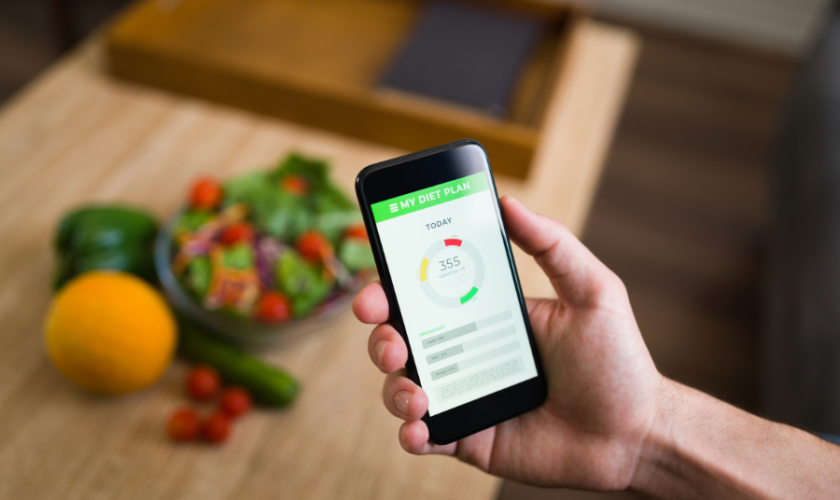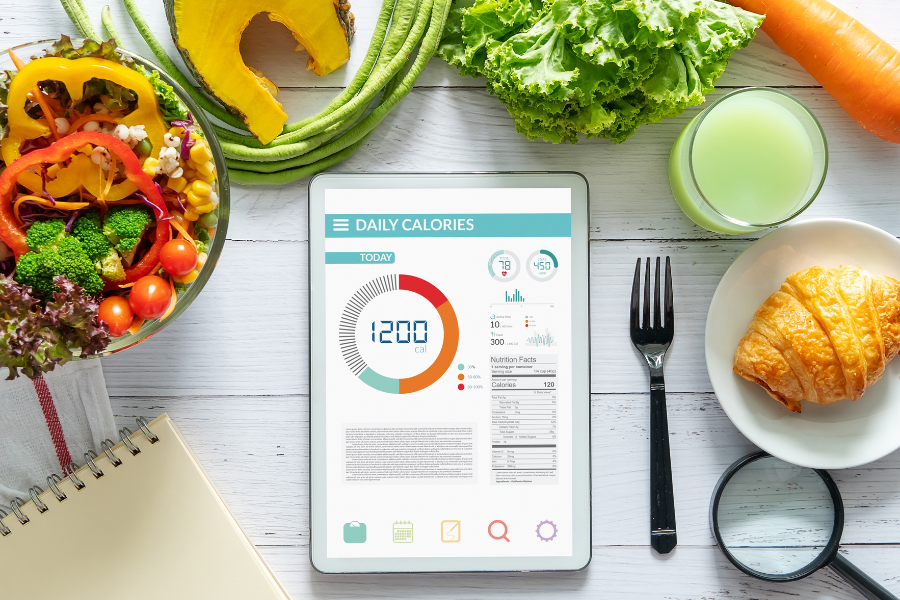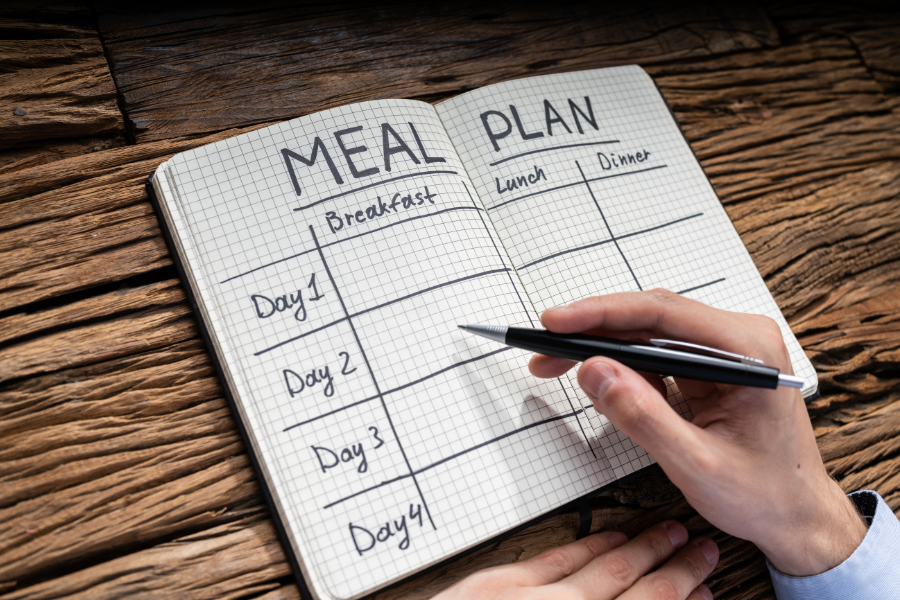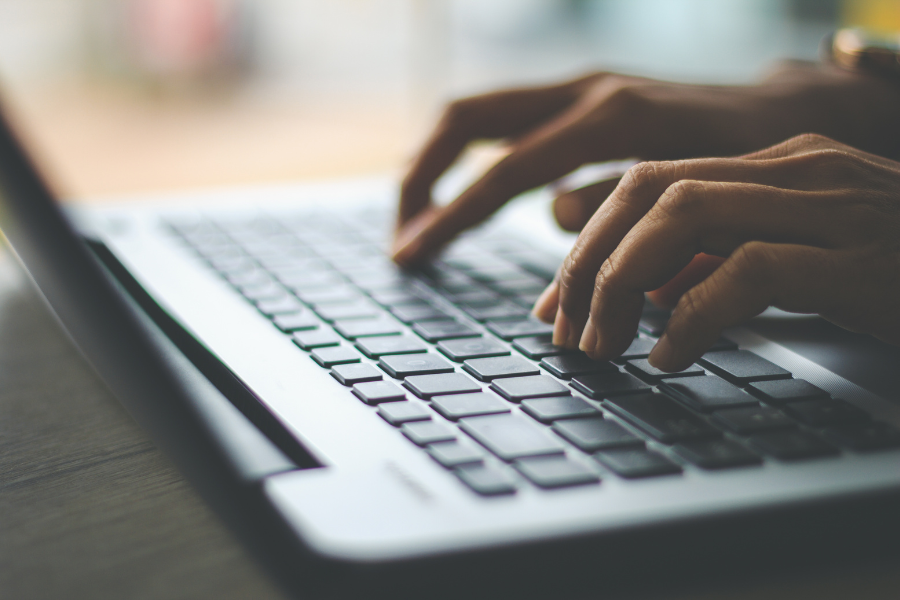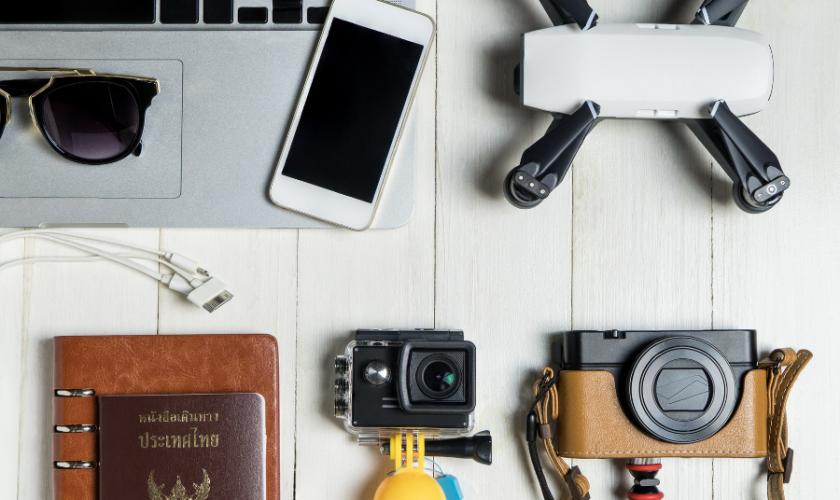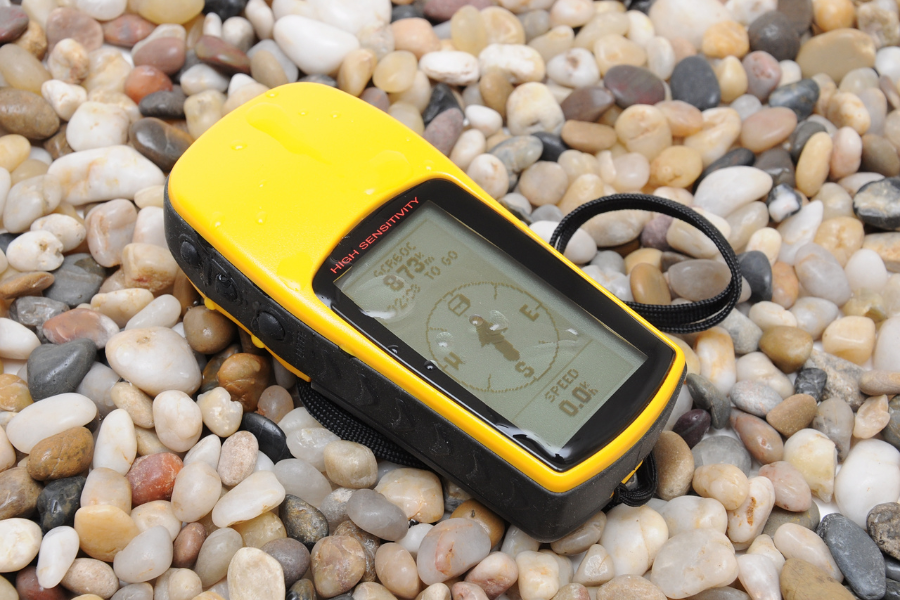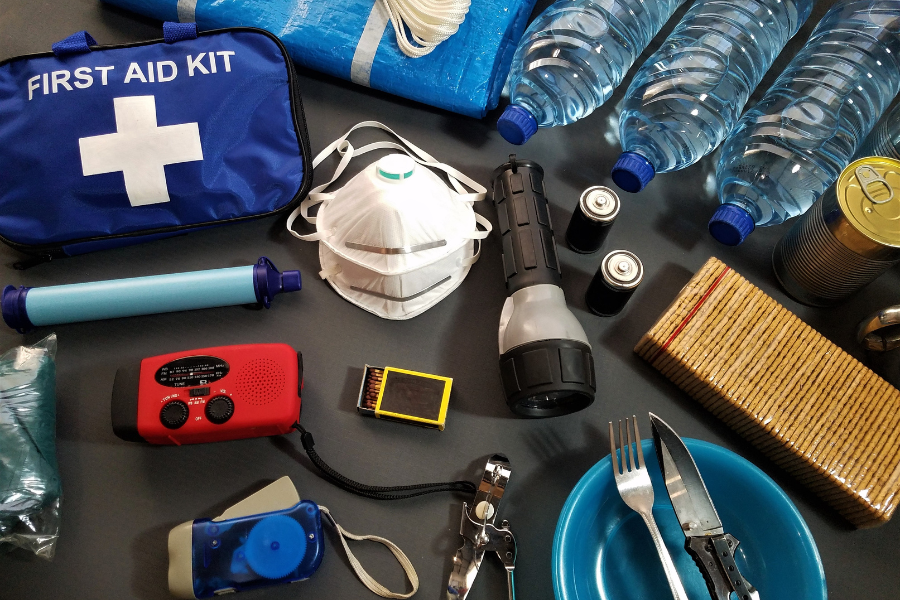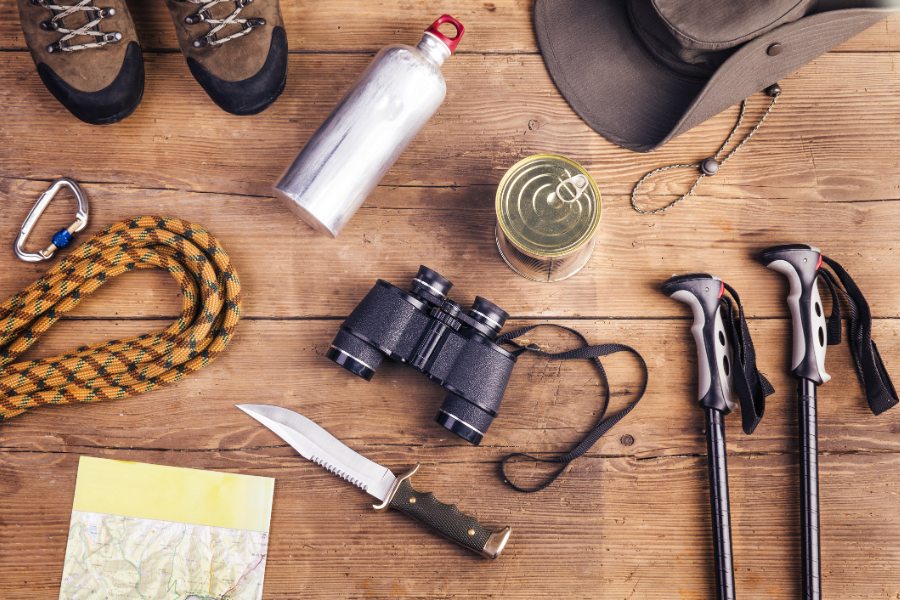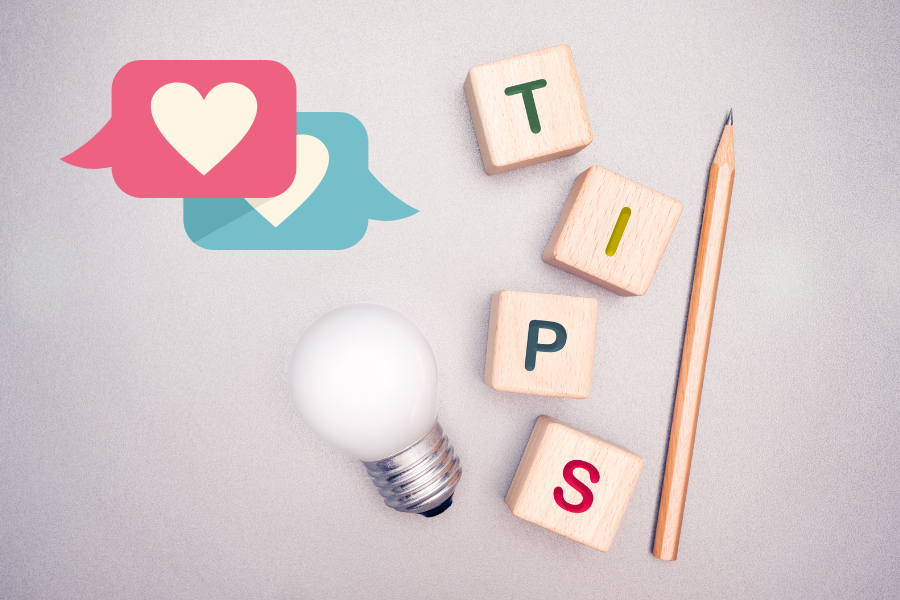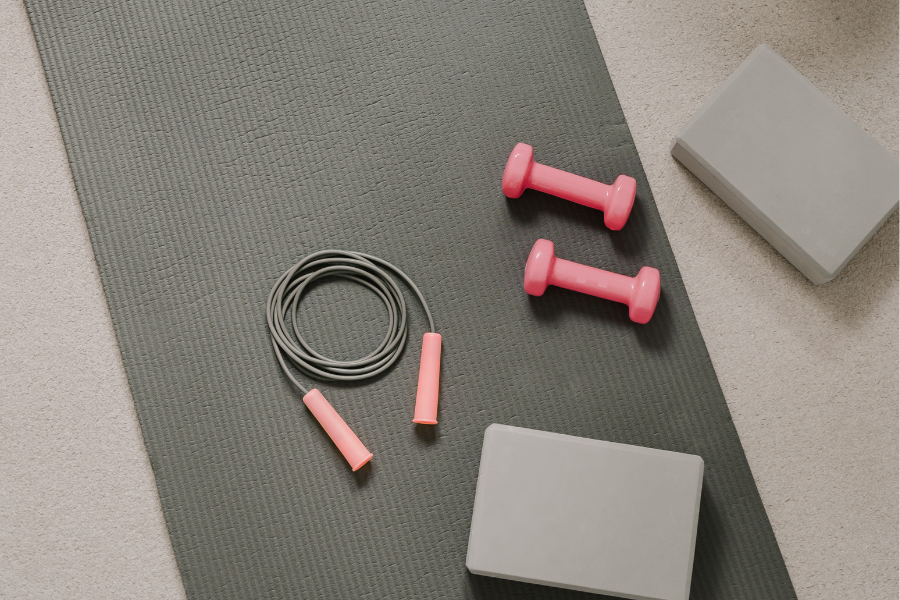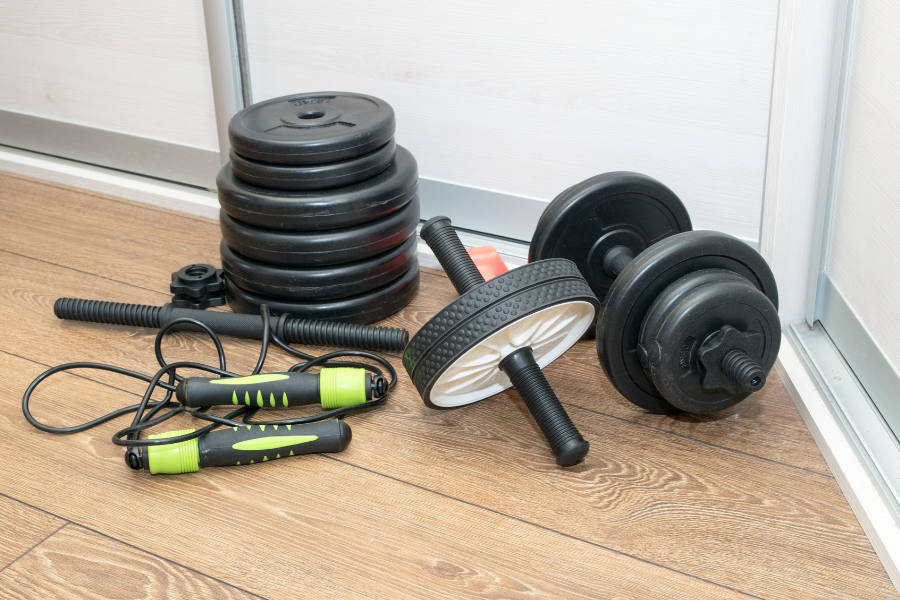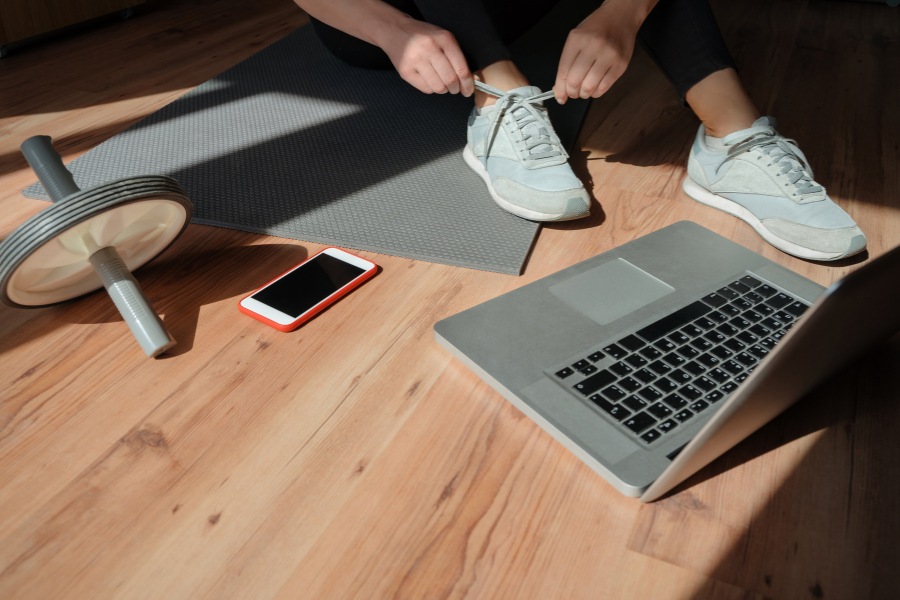Cryptocurrency is changing the banking system in ways we couldn’t have imagined just a few decades ago. With the rise of digital currencies like Bitcoin, Ethereum, and many others, everything from how we transfer money to the basic structure of financial institutions is being transformed.
These changes are not just tweaks to the system; they are reshaping the entire landscape of finance. This article will take a closer look at how cryptocurrency is impacting the banking world.
We’ll explore the many benefits it offers, such as faster and cheaper transactions, and enhanced security. We’ll also discuss the challenges that come with it, including regulatory uncertainties and market volatility. Finally, we’ll look ahead to what the future might hold for both cryptocurrencies and traditional banking.
Whether you’re a tech enthusiast, a financial professional, or just curious about the future of money, this article will help you understand the profound impact of cryptocurrencies on the banking system.
Introduction to Cryptocurrency
What is Cryptocurrency?
Cryptocurrency is a type of digital or virtual currency that uses cryptography for security. Unlike traditional currencies issued by governments (fiat currencies), cryptocurrencies operate on decentralized networks based on blockchain technology—a distributed ledger enforced by a disparate network of computers.
Brief History
The concept of cryptocurrency was first introduced in 2009 with the launch of Bitcoin by an anonymous entity known as Satoshi Nakamoto. Since then, thousands of alternative cryptocurrencies have emerged, each with unique features and applications.
Benefits of Cryptocurrency in Banking

Faster and Cheaper Transactions
One of the most significant advantages of cryptocurrency is the ability to conduct transactions quickly and at a lower cost compared to traditional banking methods. Transactions made with cryptocurrencies can be completed in a matter of minutes, regardless of the participants’ locations. This speed is particularly beneficial for international transactions, which can otherwise take several days and incur high fees.
Enhanced Security
Cryptocurrencies offer enhanced security features that protect against fraud and theft. Blockchain technology ensures that all transactions are recorded in a transparent and immutable ledger, making it extremely difficult for hackers to alter transaction data.
Financial Inclusion
Cryptocurrencies have the potential to bring financial services to underserved populations who lack access to traditional banking. With just a smartphone and an internet connection, individuals in remote or economically disadvantaged areas can participate in the global economy.
Decentralization
The decentralized nature of cryptocurrencies eliminates the need for intermediaries such as banks and payment processors. This decentralization reduces the risk of systemic failures and provides users with more control over their own finances.
Challenges of Cryptocurrency in Banking
Regulatory Uncertainty
Cryptocurrencies operate in a legal gray area in many parts of the world. The lack of consistent regulatory frameworks poses challenges for both users and financial institutions. Governments are still figuring out how to regulate digital currencies without stifling innovation.
Volatility
The value of cryptocurrencies can be highly volatile. Prices can fluctuate dramatically within a short period, posing risks for investors and making it challenging for cryptocurrencies to function as a stable medium of exchange.
Adoption and Integration
While interest in cryptocurrencies is growing, widespread adoption remains a hurdle. Integrating cryptocurrency into the existing financial system requires significant changes in infrastructure, as well as education for consumers and businesses.
Security Risks
Although cryptocurrencies offer enhanced security, they are not immune to risks. High-profile cases of exchanges being hacked and individuals losing access to their digital wallets highlight the need for robust security measures.
Impact on Traditional Banking

Disintermediation
Cryptocurrencies have the potential to bypass traditional financial intermediaries. Peer-to-peer transactions eliminate the need for banks, reducing transaction costs and increasing efficiency. This disintermediation challenges the traditional banking model and forces banks to innovate and adapt.
New Financial Products and Services
The rise of cryptocurrencies has led to the development of new financial products and services. Decentralized finance (DeFi) platforms offer lending, borrowing, and trading services without the need for traditional banks. These platforms leverage smart contracts to automate and secure financial transactions.
Cross-Border Transactions
Cryptocurrencies facilitate cross-border transactions more efficiently than traditional banking systems. This capability is particularly advantageous for businesses that operate internationally, as it reduces the time and cost associated with transferring money across borders.
Competition and Innovation
The emergence of cryptocurrencies has intensified competition in the financial sector. Traditional banks are being pushed to innovate and offer more competitive products and services. Some banks have started exploring blockchain technology and digital currencies to stay relevant in the changing landscape.
Future Implications
Central Bank Digital Currencies (CBDCs)
In response to the growing popularity of cryptocurrencies, several central banks are exploring the development of their own digital currencies. Central Bank Digital Currencies (CBDCs) aim to combine the benefits of cryptocurrencies with the stability and regulatory oversight of traditional fiat currencies. CBDCs could revolutionize the way money is issued and managed by central banks.
Enhanced Financial Privacy
Cryptocurrencies offer enhanced privacy features compared to traditional banking systems. Privacy-focused cryptocurrencies like Monero and Zcash allow users to conduct transactions without revealing their identities. As privacy concerns grow, these features could become increasingly important.
Integration with Traditional Finance
As cryptocurrencies become more mainstream, we can expect greater integration with traditional financial systems. Banks may offer custodial services for digital assets, and financial products may incorporate cryptocurrencies as part of their offerings.
Global Financial System Transformation
The rise of cryptocurrencies has the potential to transform the global financial system. By providing an alternative to traditional banking, cryptocurrencies can promote financial inclusion, reduce costs, and increase efficiency. However, this transformation will require careful navigation of regulatory challenges and technological advancements.
For more related content like this, you can check our topics:-
- Litecoin Mining- Learn How To Do It?
- Ripple mining- How to Mine Ripple?
- How Cryptocurrency Is Changing the Whole Banking System
- Crypto Wallets 101: Choosing the Right Wallet for Your Needs
- How to Spot Crypto Scams and Protect Your Investments
Final Thoughts
Cryptocurrency is undeniably changing the banking system, bringing both opportunities and challenges. While faster transactions, enhanced security, and financial inclusion are among the many benefits, issues like regulatory uncertainty and volatility cannot be overlooked.
Traditional banks must adapt to this new landscape, embracing innovation to remain relevant. As we look to the future, the integration of cryptocurrencies into the global financial system promises to revolutionize how we handle money, offering a glimpse into a more decentralized and efficient financial future.
By understanding and leveraging the potential of cryptocurrencies, we can navigate this evolving landscape and harness the benefits while mitigating the risks. Whether you’re a consumer, business, or financial institution, staying informed and adaptable will be key to thriving in the age of digital currencies.



